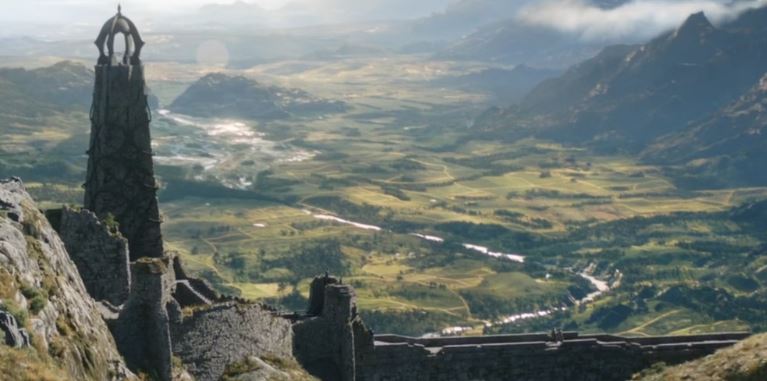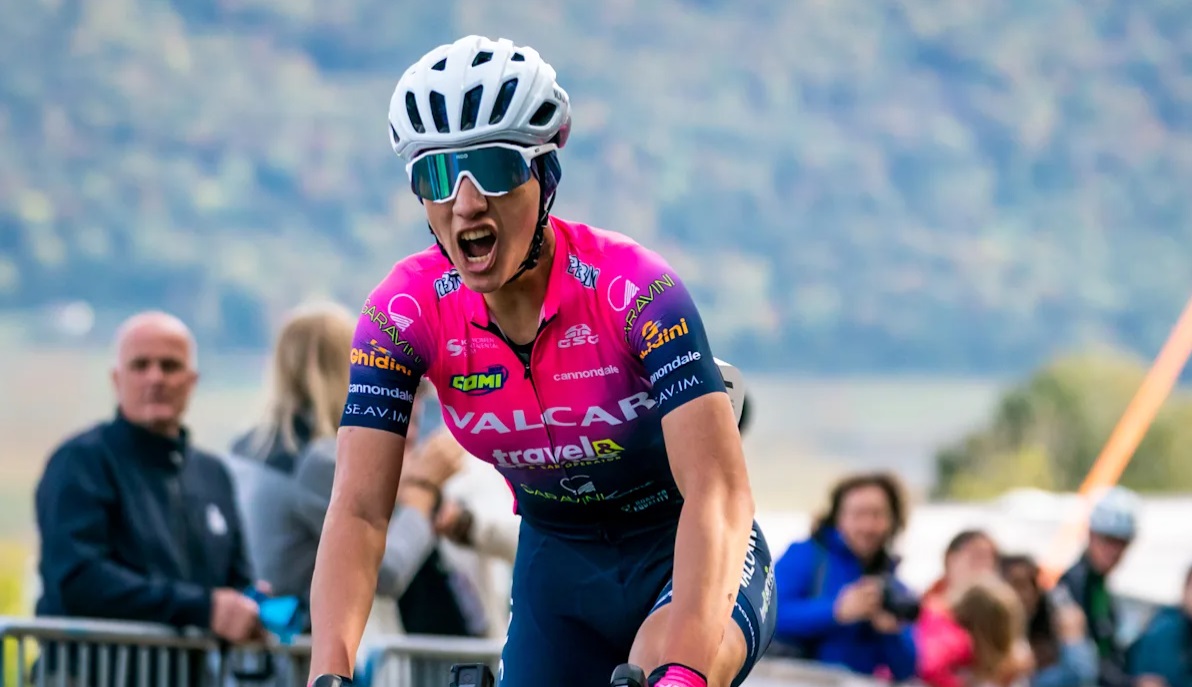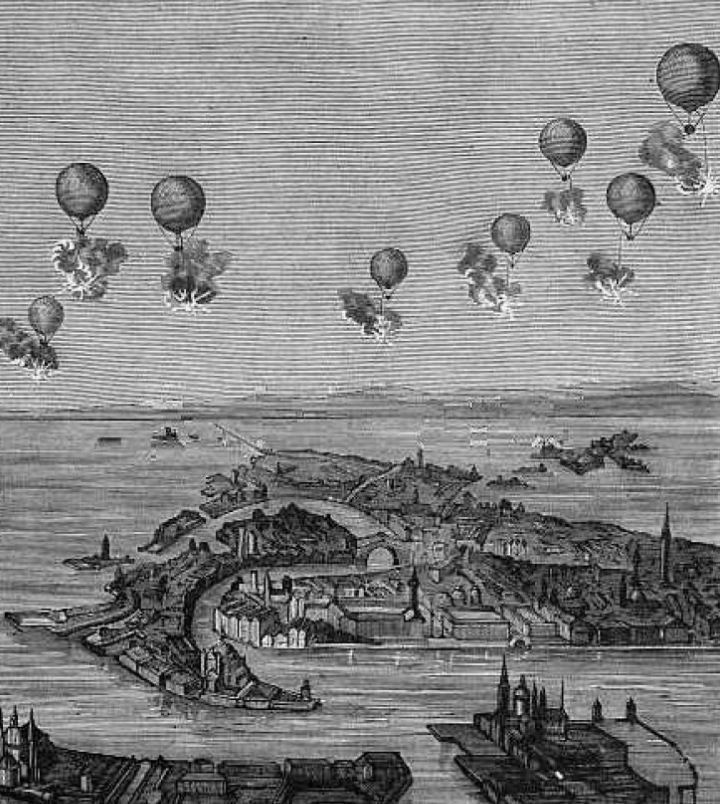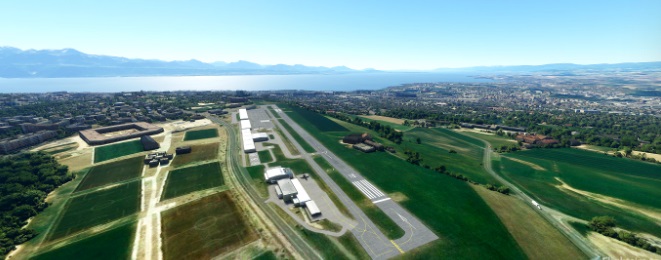The Best Way to Use a Drone for Your Video Production
Understand the possibilities of drone videography for your video productions. Discover when and when not to use drone video footage.
11 minute read
I was recently watching The Rings of Power, The Lord of the Rings’s latest installment and realised how many wide open shots showing “jagged coastlines” they have in these films. (Schmidt, 2022) Not only does it show off sweeping landscapes, it also introduces new and familiar places within the world of the film. The overwhelming drone shots made me want to learn more about drones, and to share that knowledge with you. So here we are.
The Ostirith watchtower was CGI’d into Lake Quill for the series.


Beyond films, drones are multi purposeful. In films, drone shots of landscapes are establishing shots for environments within the world of the film. Much like films, any type of video format, whether that is corporate or video ads, can benefit from drone footage. An example is for reporting videos or live events. In fact recently, Fullframe Creative provided drone footage for UCI (Union Cycliste Internationale), where they held the Women’s Road Championships of Afghanistan in Aigle, an exception due to the conflict in Afghanistan. Drone footage, in events like this, can really break up the footage audiences are watching, and make it more interesting. In other words, it makes for more compelling imagery.
Keep reading to find out why and how to most effectively incorporate drone videography into your video production process.
Fullframe Creative drone footage showreel.
Drone footage as the best foot forward
1. Introduction
2. What is a drone?
3. History of drones
4. The benefits of drone videography
5. Rules & Regulations
6. Example Drone Shots
7. Final Thoughts
What is a drone?
Might as well start off with the basics right? In case you were uncertain, a drone is an unmanned aerial vehicle (UAV) that captures video and images remotely. In their article on drones, Aerial South East (2021) argue that as drone videography is “an engaging way to capture video footage […] It’s becoming increasingly common to capture different perspectives for event marketing.” What a long way drones have come, when you think they began as weapons, back in the mid-19th century.
Ways drones were used in the past
That’s right, the commercial and hobby use of drones is only a recent phenomenon.
First they were used for war. In 1849, the Austrian Navy used 200 incendiary balloons to try and capture Venice, as you can see illustrated in this image.

Timeline of drone usage (Jackie Alkobi, 2019)
- World War I – The first attempt at a self-propelled drone as an aerial target was completed in 1916 by A.M. Low.
- World War II – Both allied and German forces used drones to train aircraft gunners and aid in missions.
- 70s – Israel began using drones as decoys in the Yom Kippur War.
- 80s and 90s – The U.S. military began heavily investing in the technology.
- 2006: The first use of drones for non-military ventures started in 2006, the same year the Federal Aviation Administration issued its first commercial drone permit.
- 2013: Drones become hobbies. After Amazon announced it would use drones for delivery, the general public really began to take notice.
- 2015: the first legal drone delivery of medical supplies occurred in the U.S. The market for global medical drones is predicted to reach $947.6 million by 2027.
With the backstory of drones now in your pocket, let’s get into the reasons why drone videography can benefit you and your business. As mentioned previously, drone footage can make your event be more engaging, with more creative shots in the bag.
Take a look at these 4 BENEFITS now
1) Drones are cheaper and easier to fly than aircrafts like helicopters. Yes, helicopters can achieve the same shot quality, or better, than drones, but they will cost you a lot more. And, you may even receive more noise complaints.
2) You’ll cause minimal disruption. You will be able to capture lots of video footage without disrupting people or the environment around you.
3) Drones are pretty easy to operate. That means that you’ll be able to quickly train someone on how to use a drone. If you are working with a video production company, it’s pretty much the standard that a member of staff is a competent drone operator.
4) Drones can fly to areas that are difficult to access. This means you will be able to record unique footage.
Whilst the benefits can go on, keep in mind that without care, drones can cause damage to property and injur people if not managed properly. This brings us on to a key section when discussing drone videography.
Rules & Regulations

Part of being professional about your use of drones is to understand local rules. A good place to look at these rules is an article written by EPFL on air safety – drones and model aircraft.
The article written by EPFL points out that the Federal Office of Civil Aviation (FOCA) has listed several key rules for the use of drones and model aircraft. Outlined are the four essential rules:
- The pilot must maintain permanent visual contact with the drone.
- In principle, it is forbidden to use drones closer than 100 meters from an outdoor gathering of people (that is more than 24 people).
- The holder of a drone weighing more than 500 grams must contract a liability insurance policy for the amount of one million francs at least.
- Drones are subject to flight restrictions in the vicinity of airfields. It is thus prohibited to use this type of aircraft closer than 5km from runways.
Example Drone Shots
Don’t let those daunting rules get you down. Once you’re past them, it’s time to focus on the great shots you can get with your drone.
DroneU has detailed different types of drone shots. Take a look at their website to see the various types.
Additionally, I have outlined three key drone shots you can use with examples of when you might use them.
1) Ascending/pedestal. Within the first few seconds, you can see this type of shot illustrated in this Fullframe drone shoot of Lausanne. It really does feel like the city is being revealed to us.
2) Trucking/sliding. In this type of shot, the drone flies with a sideways motion to follow a subject. It can really give movement to a shot, but in a calming way. Take the end of this video by we produced, where you follow the cows walking around. The drone follows the movement of the cows.
3) Panning. Whilst it might not show your typical type of panning, take a look at this video we made for the International University of Geneva who organised a party on the roof of a beautiful hotel. Quick pans from left to right of the party and of Geneva really make the video feel fun and dynamic.
Final Thoughts on Drone Videography
So what does drone videography bring to the table? For one, it provides a type of video footage, cheaper than most, that gives your events, corporate videos, and more that much sought-after high-quality feel. Getting permission to fly drones can be tricky and time consuming, but it’s often worth the hassle to get the type of footage that makes people want to watch your videos. Who doesn’t love to see the world from above, or to see sweeping shots that set the scene in a grandiose way. Once you’ve mastered your drone, you’ll find endless possibilities for creating footage that really adds value to your videos.
Good luck!
Spark up your Image!
Stand out for all the right reasons.
We help you communicate in a clear, creative and comprehensive manner.